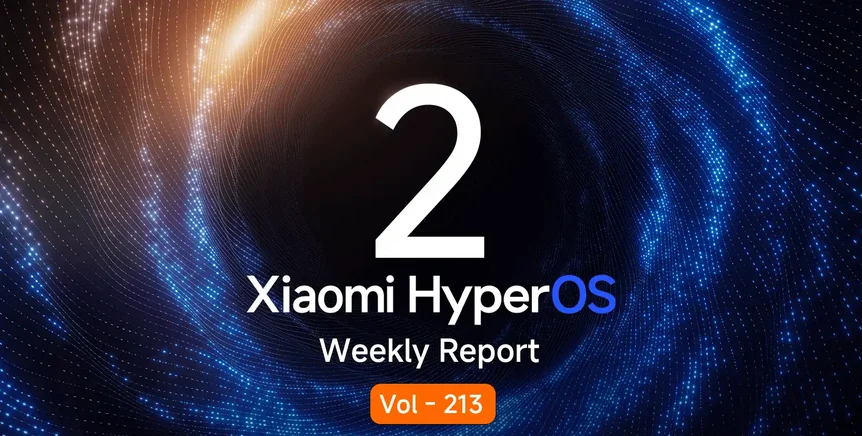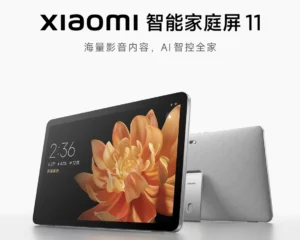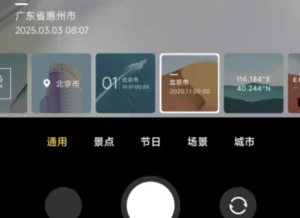Xiaomi Fixes Critical Issues with HyperOS Update AUG 2025
Xiaomi Addresses Critical Bugs Across Multiple Devices with Latest HyperOS Update
Xiaomi, one of the leading tech giants in the smartphone market, has taken a significant step toward enhancing user experience with the launch of a crucial update for its HyperOS operating system. According to a recent report published on XiaomiTime, the company has tackled nine critical issues affecting both flagship and mid-range devices, showcasing its commitment to software stability and customer satisfaction. This update, which is already being rolled out, not only fixes significant bugs but also reinforces Xiaomi’s reputation as a brand that actively listens to its community and promptly acts to optimize device performance. Here, we dive into the details of the addressed issues, implemented improvements, and the impact of these updates on Xiaomi users.

Key Bug Fixes for a Smoother Experience
The report from XiaomiTime, published on June 14, 2025, details the resolution of nine critical bugs affecting popular models such as the Xiaomi 12, Xiaomi 12 Pro, POCO F7 Ultra, and Xiaomi 14T Pro. Among the most notable issues were random reboots on the Xiaomi 12 and 12 Pro devices, which have been a source of frustration for users for months. Xiaomi’s engineering teams prioritized these fixes, implementing solutions that stabilize the operating system and prevent unexpected interruptions during daily use.
Another issue addressed was the malfunctioning camera app on the Xiaomi 12 Pro, which experienced unexpected crashes. This bug affected the photography experience, a key aspect for modern smartphone users. Xiaomi has worked on specific optimizations to ensure that the camera app runs smoothly, allowing users to capture important moments without interruptions. Additionally, improvements in thermal management and energy efficiency have been made for the Xiaomi 14T Pro, addressing overheating issues that could impact performance during extended use, such as gaming or video recording.
Users of the POCO F7 Ultra and Xiaomi 14T Pro also benefit from fixes related to excessive battery drain. This issue, particularly evident during intensive use, has been optimized through adjustments in energy consumption protocols, which should translate to longer battery life and a more reliable experience.
Lastly, Xiaomi has worked on resolving specific app crashes in models like the Redmi Note 13 Pro+ 5G and Redmi Note 14 Pro+ 5G, where intermittent app closures were reported. These fixes ensure that apps run stably, enhancing productivity and the overall user experience.
A Proactive and Transparent Approach
One standout aspect of Xiaomi’s handling of these issues is its transparency. The company publishes weekly bug reports through platforms like XiaomiTime, detailing both the fixes implemented and ongoing issues under investigation. This open communication not only keeps users informed but also strengthens trust in the brand’s quality control processes. According to another article from XiaomiTime published on June 1, 2025, the company addressed a total of twelve critical problems in a previous update, including camera bugs, system stability issues, and connectivity difficulties, demonstrating a continuous commitment to optimizing HyperOS.
Moreover, Xiaomi has implemented specific enhancements for other devices. For instance, a report from August 3, 2025, highlighted the resolution of performance issues in games like Genshin Impact, correcting screen rendering errors and graphical distortions, as well as optimizing frame rates in the Xiaomi 12S Ultra’s camera for slow-motion recordings. These updates reflect Xiaomi’s commitment to addressing not only general issues but also those specific to certain applications and use cases, such as gaming, which is a priority for many younger users.
[IMAGEN_2]
Impact on Users and Recommendations
These updates are being distributed via Xiaomi’s Over-The-Air (OTA) update system, and users will receive notifications when fixes are available for their specific models. To ensure a smooth installation, Xiaomi recommends backing up important data before updating, although the process typically preserves user files. Those facing persistent issues post-update can report them through the Feedback app on their devices or in the Xiaomi community forum.
However, not all experiences have been positive. Some users, as observed in comments on forums and social media, have expressed frustrations with previous HyperOS updates, reporting issues like touch delays, drops in gaming performance, and Bluetooth connectivity problems. For instance, a user of a POCO X7 Pro noted in a forum that updates appeared to degrade performance rather than improve it, highlighting the importance of Xiaomi continuing to listen to its community to address these concerns. In response, solutions such as performing a factory reset or disabling features like RAM extension have been suggested to enhance performance.
Innovations in HyperOS 2.1 and Future Prospects
In addition to bug fixes, Xiaomi is working on enhancements for HyperOS 2.1, according to a report from August 29, 2025, on XiaomiTime. This beta version, initially available for the Xiaomi 15 and 15 Pro in China, introduces features like focus notifications inspired by Dynamic Island, a new “Classic Scenery” lock screen design, and improved animations for app opening and closing. The Game Turbo interface has also been revamped to optimize the gaming experience, and a brightness adjustment for the flashlight has been integrated into quick settings. These innovations demonstrate that Xiaomi is not only focused on fixing bugs but also on introducing features that enrich the user experience.
A Step Towards Excellence
With this latest round of fixes, Xiaomi once again demonstrates its commitment to quality and user satisfaction. The resolution of nine critical issues in devices like the Xiaomi 12, 12 Pro, POCO F7 Ultra, and Xiaomi 14T Pro, along with transparency in its bug reports, reinforces trust in the brand. As Xiaomi continues to refine HyperOS and roll out updates like HyperOS 2.1, users can look forward to a smoother and more reliable experience. For those looking to stay updated with the latest patches, tools like the HyperOS Downloader and the MemeOS Enhancer app provide practical ways to check their devices’ eligibility for new versions. With a user-centric approach and a quick response to reported issues, Xiaomi solidifies its position as a leader in the competitive smartphone market.
Source: Community







